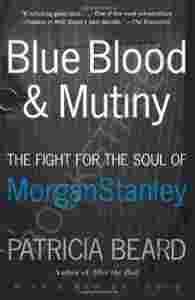BLUE BLOOD AND MUTINY Patricia Beard

Aukcja w czasie sprawdzania nie była zakończona.
Cena kup teraz: 105 zł
Użytkownik bookstreet
numer aukcji: 5166522427
Miejscowość Kalisz
Zostało sztuk: 10
Wyświetleń: 2
Koniec: 10-04-2015, 4:46
Dodatkowe informacje:
Stan: Nowy
Okładka: miękka
Kondycja: bez śladów używania
